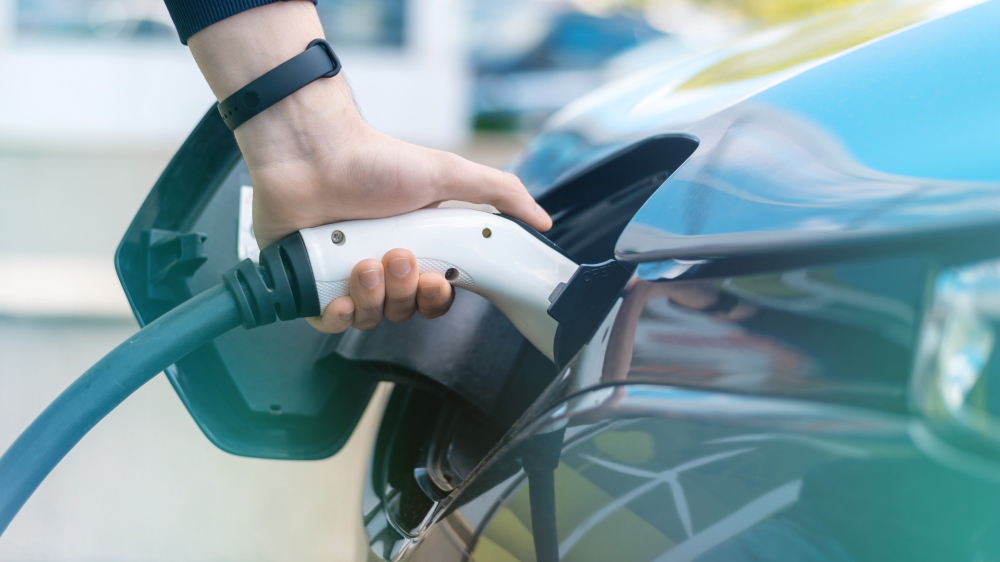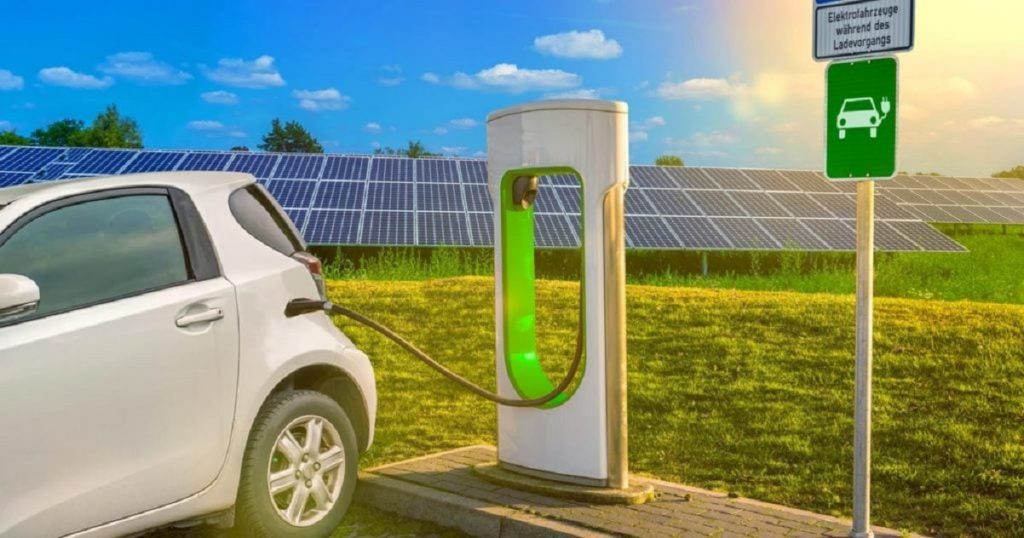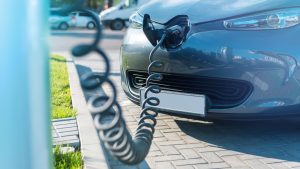E-Mobility in Kenya: Riding the Electric Wave to a Greener Future

In recent years, Kenya has been making significant strides towards embracing electric mobility as a solution to its environmental challenges. The shift from traditional vehicles to electric ones not only addresses air quality concerns but also aligns with Kenya's commitment to reducing carbon emissions, combating air pollution and climate change. As the country embraces clean energy solutions, E-Mobility in Kenya will play a pivotal role in shaping a greener and more sustainable transportation future in the country.
The Advantages of Electric Vehicles (EVs) in Promoting Green Transportation
Electric vehicles bring forth a multitude of benefits for Kenya's environment. With zero tailpipe emissions, they help combat air pollution and decrease the country's dependence on fossil fuels. Additionally, EVs contribute to quieter streets, reduced noise pollution, and overall improved urban living conditions.
Current State of EV Adoption and Infrastructure in Kenya
While the adoption of electric vehicles is on the rise, Kenya is still in the early stages of developing a robust EV infrastructure. Charging stations are being established in key urban centers, but a more extensive network is required to facilitate long-distance travel and widespread EV ownership.
Challenges and Opportunities for E-Mobility in Kenya
Challenges:
Infrastructure: Limited charging stations and power supply pose a challenge for EV adoption.
Cost: Initial high cost of EVs and batteries deters mass adoption, despite long-term savings.
Awareness: Public awareness about EV benefits and technology needs improvement.
Range Anxiety: Concerns about EVs' range and availability of charging points affect consumer confidence.
Policy Support: Clear policies and incentives are crucial for EV growth.
Opportunities:
Environmental Benefits: EVs can help reduce air pollution and greenhouse gas emissions.
Job Creation: E-Mobility industry offers opportunities for local manufacturing, maintenance, and services.
Renewable Energy Integration: EVs can support integration of renewable energy sources into the grid.
Urban Planning: EVs can drive sustainable urban planning with reduced congestion and noise pollution.
Technological Innovation: Kenya can become a hub for EV-related technological advancements.
Balancing these challenges and opportunities through collaborative efforts among government, industry, and communities can pave the way for a successful transition to electric mobility in Kenya.
Government Initiatives and Policies to Support E-Mobility in Kenya
The Kenyan government has taken proactive measures to promote Electric Mobility in Kenya. Incentives such as tax breaks, reduced import duties on EVs, and investment in charging infrastructure have been introduced to encourage both consumers and businesses to transition to electric vehicles.
Private Sector Participation in Driving E-Mobility Forward
Private companies are playing a pivotal role in the expansion of E-Mobility in Kenya. Collaborations between automobile manufacturers, technology firms, and energy providers are driving innovation and ensuring the availability of reliable charging options.
The Future Outlook of Sustainable Transportation and E-Mobility in Kenya
The future of Electric Mobility in Kenya looks promising. As EV technology becomes more affordable and infrastructure continues to develop, electric vehicles are poised to become a common sight on Kenyan roads. This transition not only contributes to a greener environment but also positions Kenya as a regional leader in sustainable transportation.
Establishing Comprehensive Charging Infrastructure

To implement this step, the Kenyan government should collaborate with private sector partners to install charging stations along major highways, urban centers, and residential areas. This will alleviate range anxiety and encourage more people to consider buying EV Vehicles.
Raising Public Awareness
A public awareness campaign highlighting the environmental and economic benefits of electric vehicles is essential. This can include informative workshops, advertisements, and partnerships with educational institutions to promote sustainable transportation choices.
Incentivizing Domestic EV Production
To reduce the cost of electric vehicles, the government can provide incentives for local production. This involves collaborating with automobile manufacturers to set up assembly plants, creating jobs, and making EVs more affordable for the general population.
Promoting Green Energy Integration
Encouraging the use of renewable energy sources for charging EVs will enhance the environmental impact of Electric Mobility. Incentives for solar panel installations and battery storage systems can make EV charging cleaner and more sustainable.
Fostering Research and Development
Investments in research and development are crucial for enhancing EV technology and finding solutions to challenges. The government can fund research initiatives in partnership with universities and research institutions to drive innovation.
Creating Smart Urban Planning
City planners should integrate EV charging infrastructure into urban development plans. This includes designated parking spots with charging stations, making it convenient for EV owners to charge their vehicles while going about their daily activities.
Collaborating with Ride-Sharing Companies
Partnering with ride-sharing companies to transition their fleets to electric vehicles can have a significant impact. Incentives or regulations that encourage ride-sharing services to adopt EVs can accelerate the adoption rate and reduce emissions.
As Kenya accelerates towards a greener future through E-Mobility, it has the potential to serve as a model for sustainable transportation across the African continent and beyond. By implementing a comprehensive strategy that involves government support, private sector engagement, and public awareness, Kenya can ride the electric wave to a cleaner, healthier future.





Leave a Reply